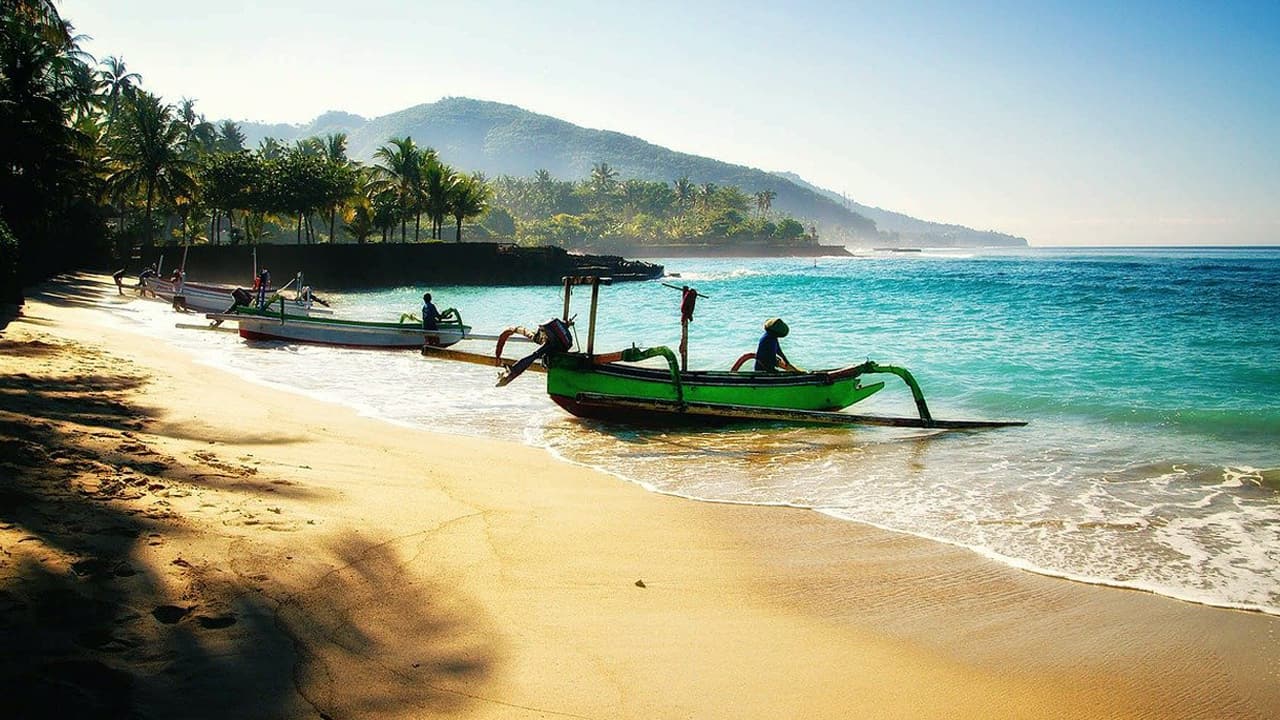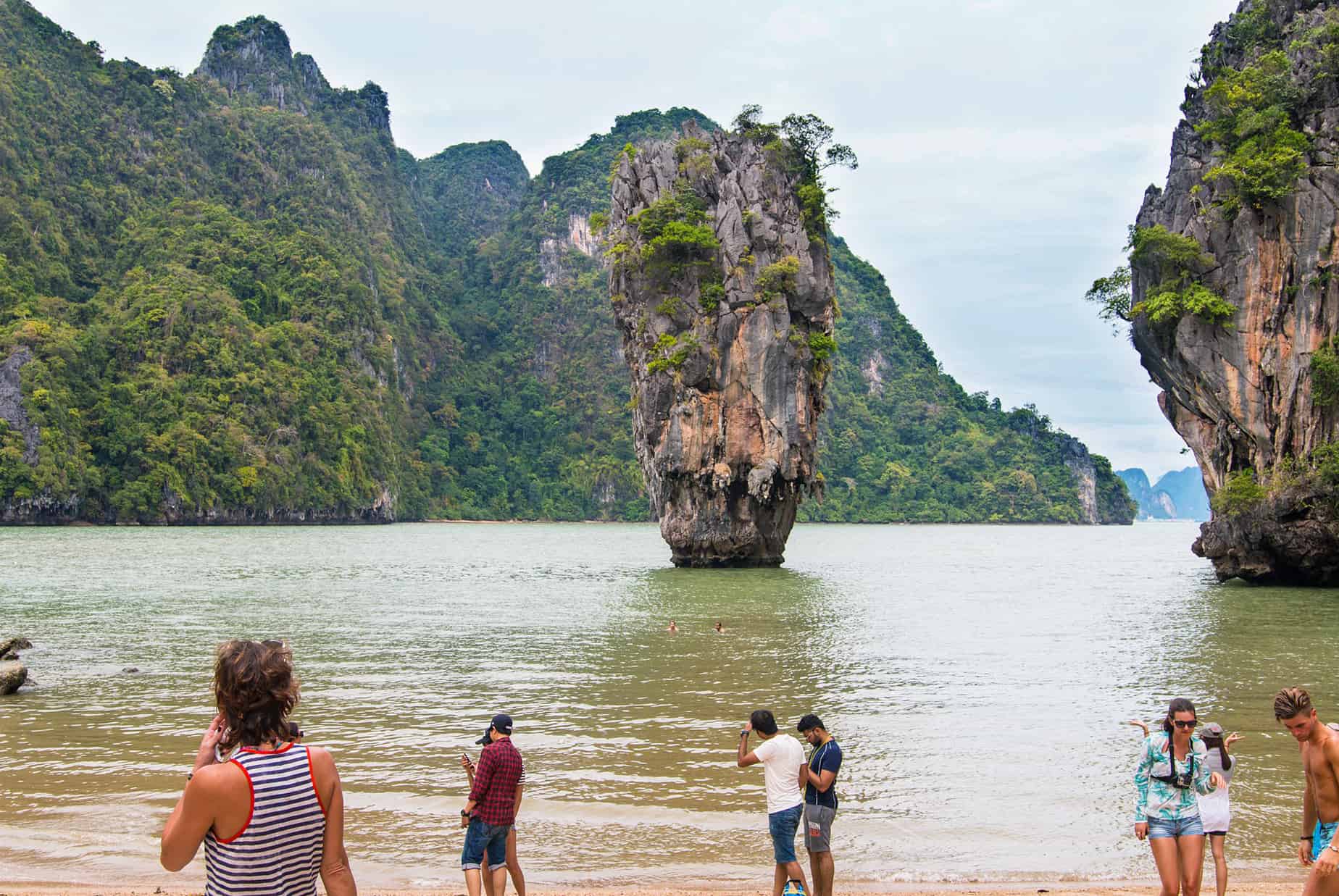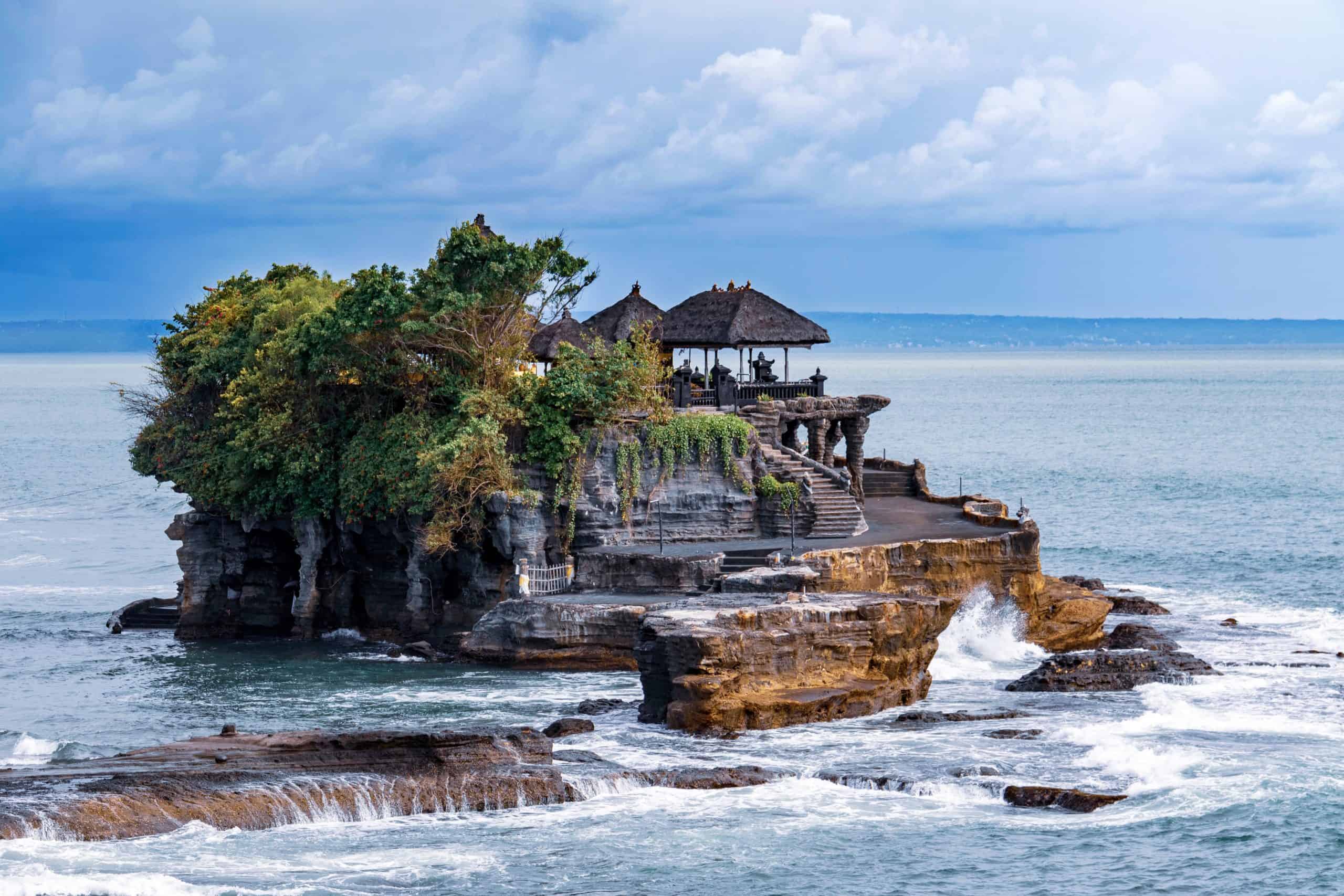Iceland is a place where fire and ice actually co-exist and traveling to this amazing country to see the Nothern Lights is one of the dreams that a lot of people have in common. When planning a trip to Iceland, you may have some doubts along the way and one of the most important questions which will have a great impact on your journey is what the best time to visit Iceland?
This short guide will give you an answer to all of your questions and help you plan your trip in the best possible way. Visiting Iceland is a unique experience and we want to make sure you make the most of it!
Best Time to Visit Iceland for Good Weather
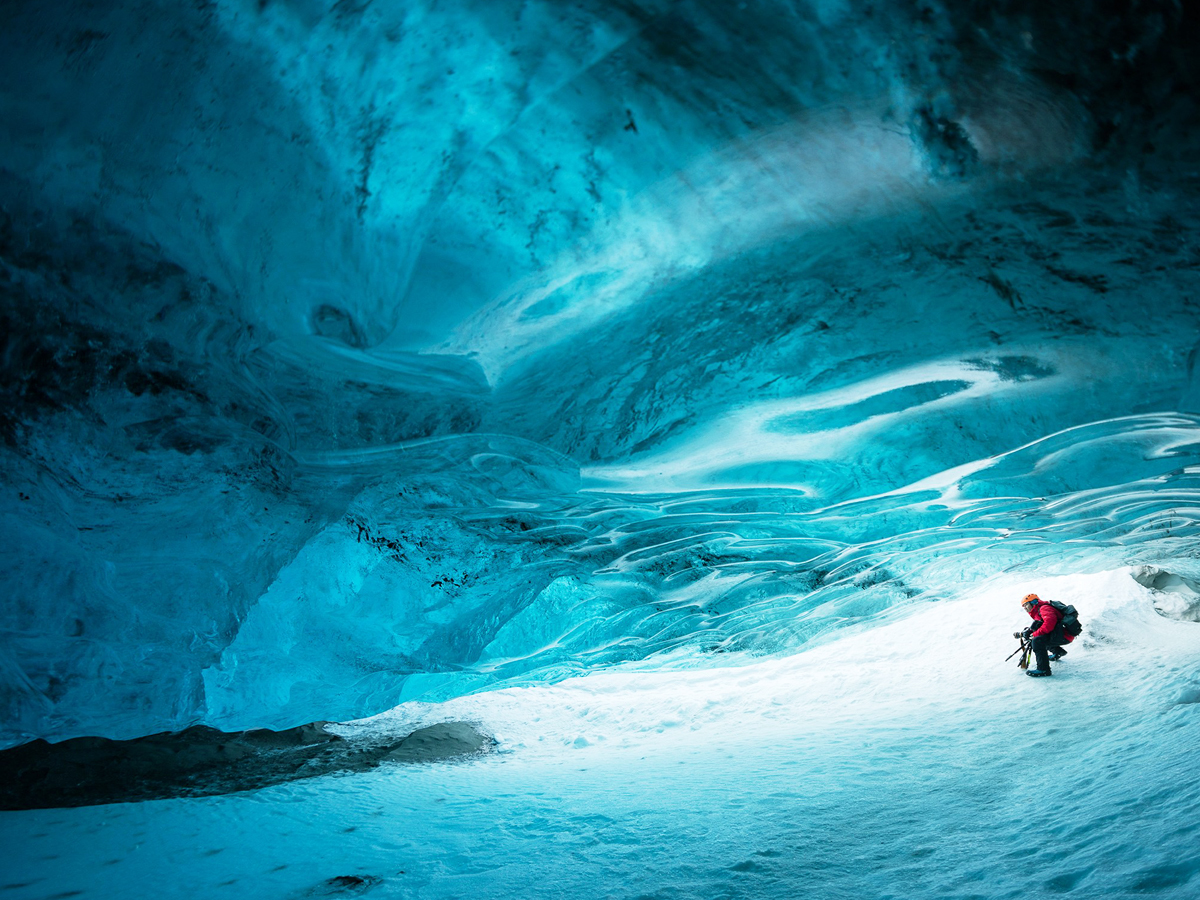
People usually think that Iceland is constantly freezing cold, but it’s not the case. Iceland has four seasons, although the weather changes a lot. Depending on where you’re living, you may find it colder or warmer than expected. There is a drastic difference in the weather in different parts of the country.
So, when is the best part to visit Iceland according to the weather? Summertime is the high season and if you want to avoid the rain and extremely cold weather, you should visit Iceland during the high season, particularly in July and August, when the weather has the lowest amount of rainfall and the average temperature is around 13ÂC,
Best Time for The Northern Lights
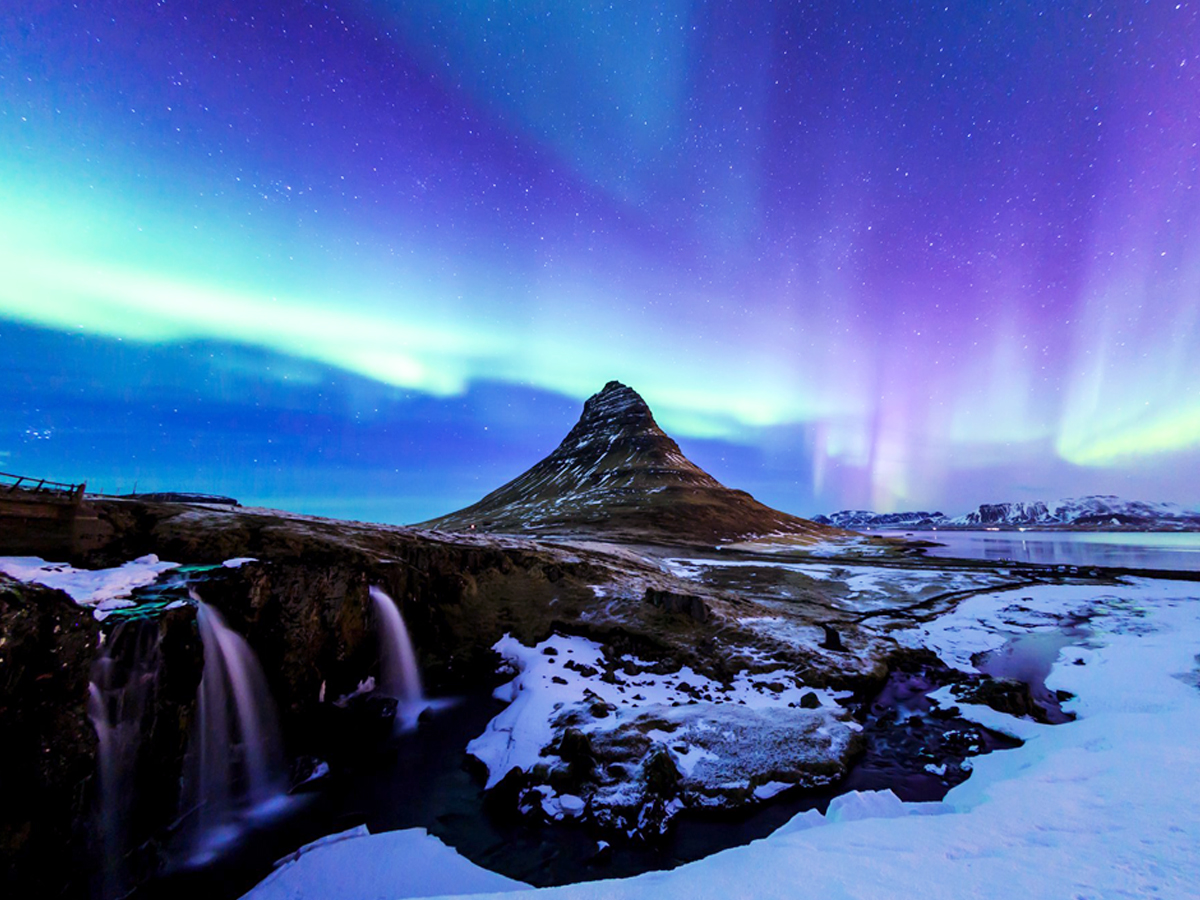
The Northern Lights season is one of the main reasons why people decide to visit Iceland in the first place. Although the country has many more things to offer, the amazing light show of Mother Nature is still one of the main attractions.
The Northern Lights season is from late August to mid-April, but still, the best time to visit is during the equinoxes – September and March. Many factors need to be considered when it comes to the ideal conditions for seeing the lights. Cloudiness, darkness and solar activity play a big role and statistically, the best chance you’ll get to see the Northern Lights at its best is during the end of September and end of March.
Best Time for The Blue Lagoon
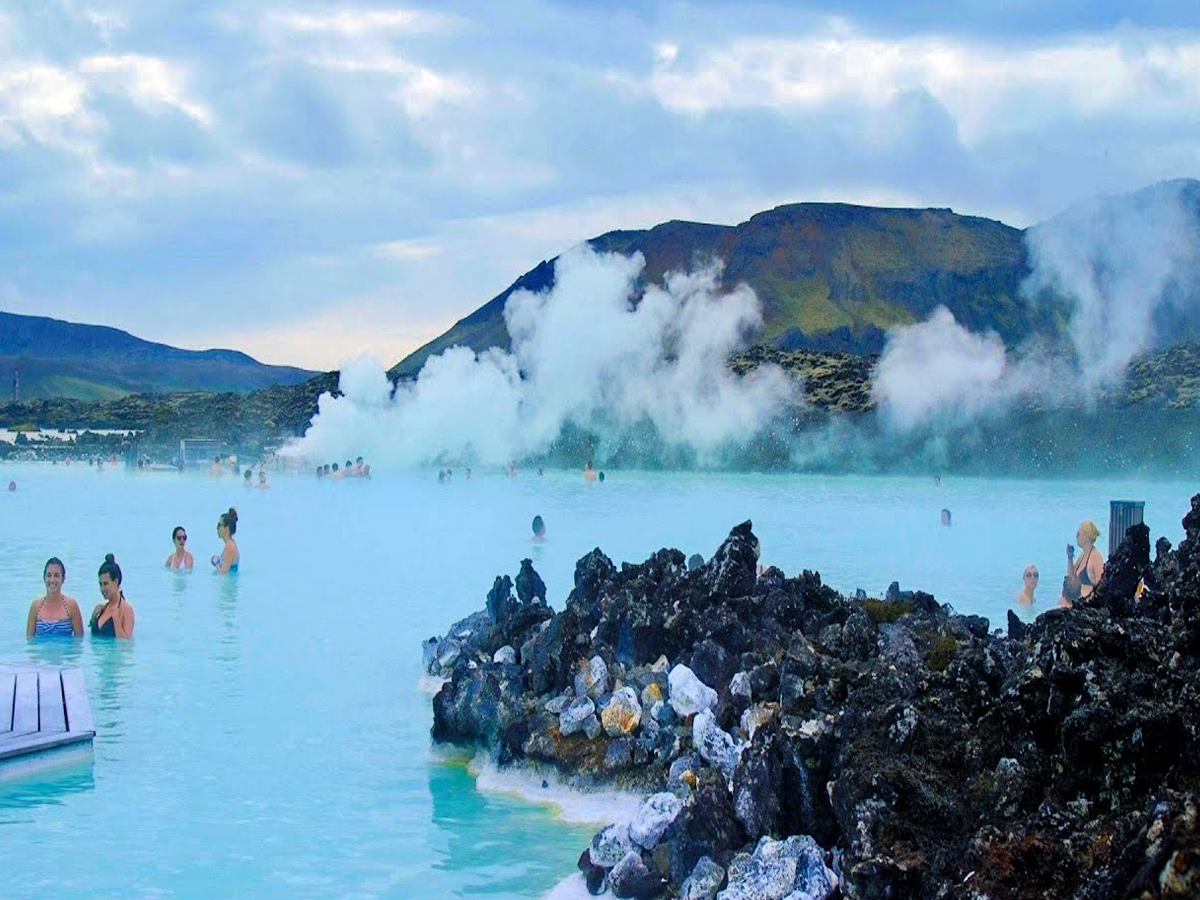
The Blue Lagoon is also one of the highlights and main attractions in Iceland. If you’re asking yourself what would be the best time to visit Iceland to experience all the beauty of the lagoon, you should keep in mind that people are visiting the Blue Lagoon during the whole year. It mostly starts to get crowded starting from mid-May to the end of September and reaches its peak during the high season, in July and August.
If you’re fine with visiting Iceland during winter time when it gets cold and the days short, then you’ll probably have the chance to see the Blue Lagoon when it’s less crowded. Peak hours are in the morning, from around 10 AM until 02 PM. If you arrive later, you’ll still have plenty of time to enjoy as the lagoon is open until 10 PM in the pre and post season and until 11 PM during the high season.
Best Time for Sightseeing
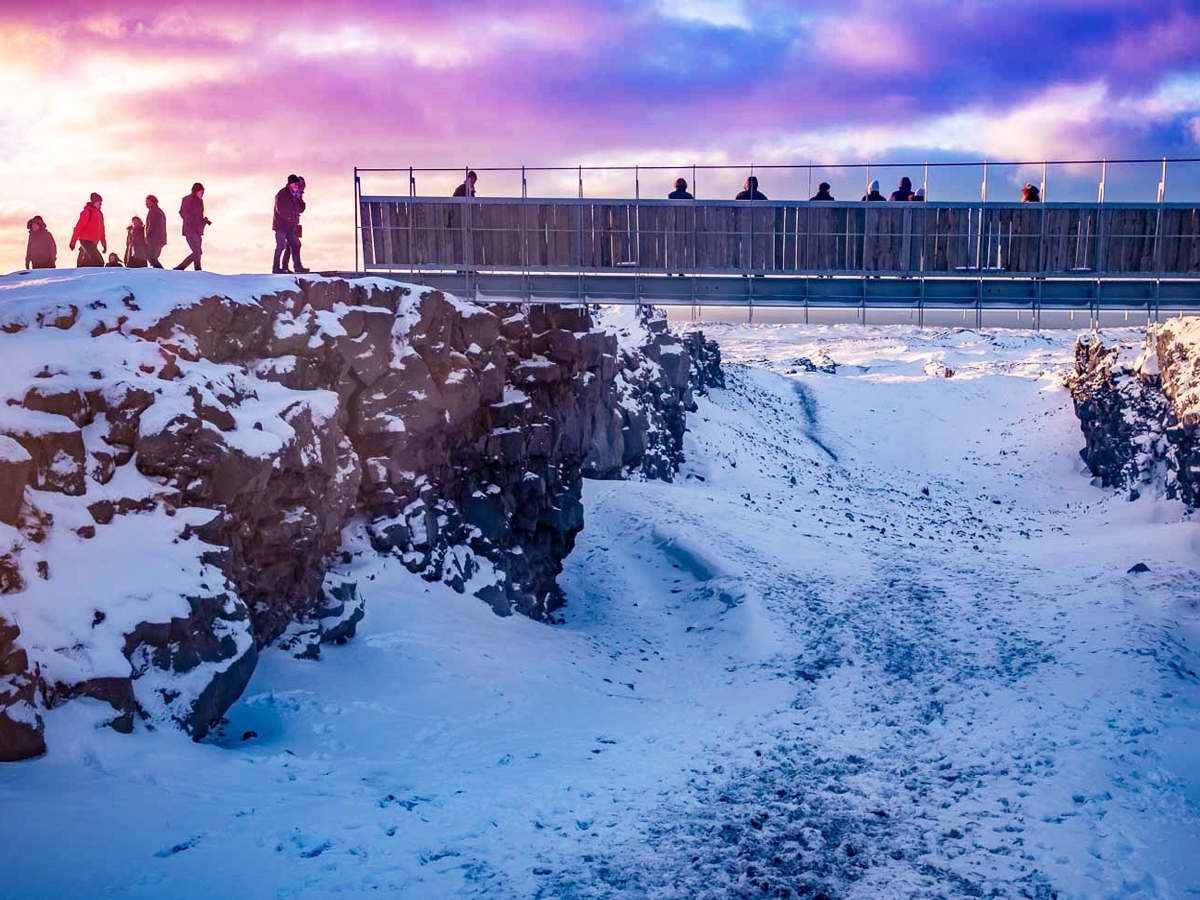
Iceland is popular for its numerous natural beauties like geysers, waterfalls, and volcanoes. If you’re planning to take in as much as possible, the best time to visit Iceland is during months when the days are longer and the weather is good. That means you should try to find suitable flights around the end of May until mid-June, or during September.
Best Time to See Whales
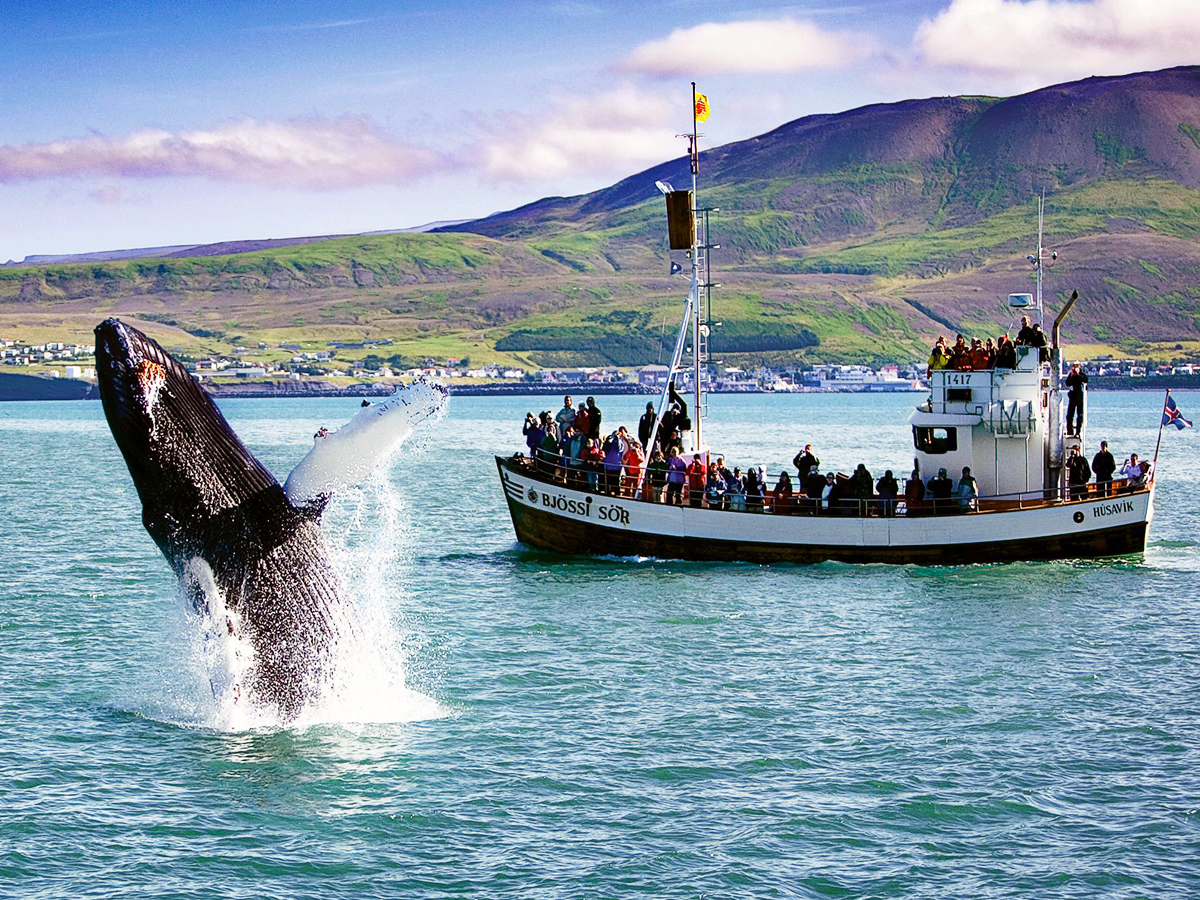 If you a whale lover then the best time to visit Iceland in summer. When warmer comes in the northern regions of the world, the whales return from the south so summer is the best travel time for whale watching.
If you a whale lover then the best time to visit Iceland in summer. When warmer comes in the northern regions of the world, the whales return from the south so summer is the best travel time for whale watching.
You could get a unique experience to see whales in their natural habitat especially in June, July and August. You can also book a whale watching excursions in May, September and October. You may see the large marine animals also at this time if you are lucky.
Humpback whales and minke whales, as well as common whales and dolphins, await you. If you have a bit of good luck a blue whale may appear in front of the lens.
Best Time to Visit Iceland to Save Money
If you’re looking for cheaper flights and cheaper prices in general, you should avoid visiting Iceland during high season – in July and August. You will get the best value for your money if you come to the country during wintertime (except during Christmas and New Year holidays), but as mentioned earlier, you can expect cold and unpredictable weather during this period of the year.
Best Travel Time as Winter
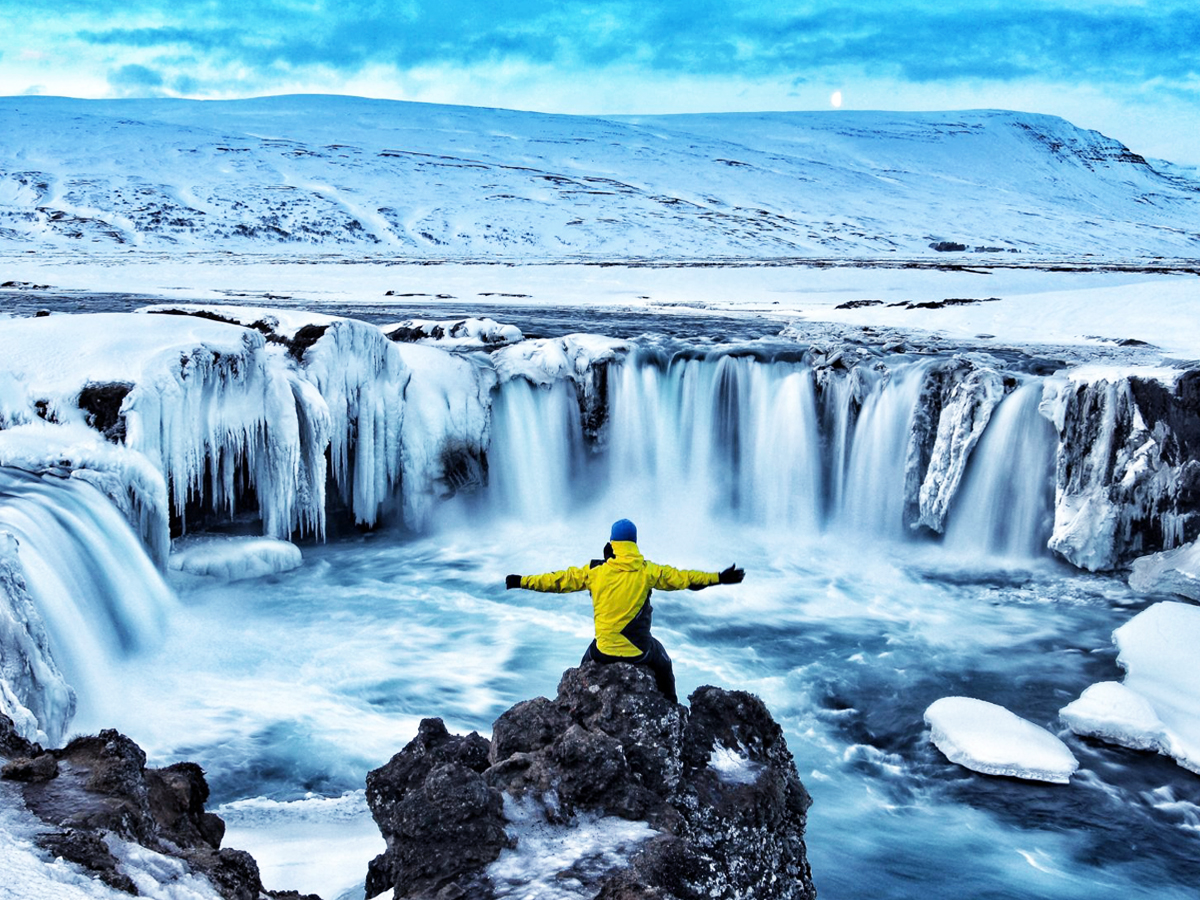
If you want to avoid mild spring temperatures like me during a trip to Iceland then prefer the cold in the winter months. In winter, temperatures can drop below freezing but the weather is still mild. The landscape is extremely spectacular and many parts of the Ice land especially the plateaus are covered with snow.
The falls are frozen and the icehouse sparkles in the winter sun. If you like snowy and adventurous landscapes, you have to come to Iceland in the winter. Take glacier tours, snow walks and be infatuate by the view. A dip in the Blue Lagoon in the winter is a real highlight. When you are tired of the cold during these trips, you can warm up in the thermal baths.
Enjoy The Journey!
We hope that the information will help you while choosing the best time to visit Iceland. Every traveler who gets the chance to visit this stunning country keeps talking about how amazing it is and we hope that the shared information will help you to plan your perfect trip.
Wrap-Up!
The reasons to visit Iceland are countless! When you experience something unique as this country, you’ll be able to understand what the whole hype around Iceland is about. From many places to visit, dramatic landscape and amazing natural beauties, we’re pretty sure the experience and journey will be a one to remember!

